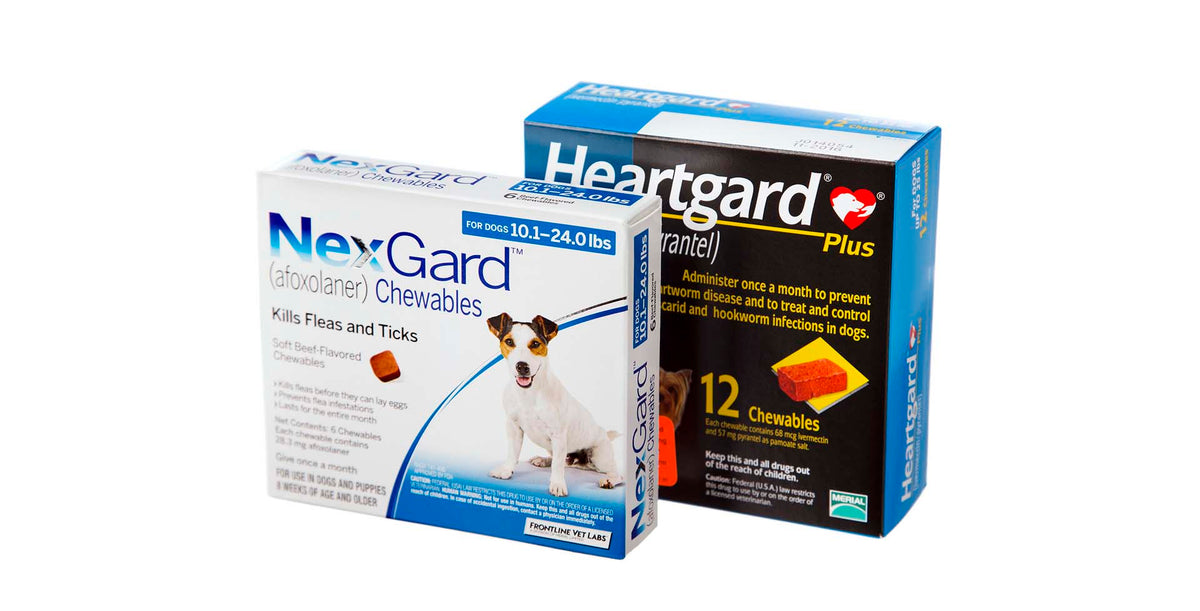
FDA Warning about Flea and Tick Medications
|
|
Time to read 4 min
|
|
Time to read 4 min
Owning a dog is a fulfilling and rewarding experience, but it also comes with responsibilities beyond just playful interactions. As a responsible dog owner, there are essential preventative measures you must keep in mind to ensure the well-being of your furry companion. One such crucial aspect is the administration of flea and tick medication, which plays a pivotal role in safeguarding your dog from various health risks, spanning from their early stages to their golden senior years.
While flea and tick medication can be highly effective, it's equally important to be aware of potential warnings of medications and side effects associated with their use. The U.S. Food and Drug Administration recently issued an alert to both pet owners and veterinarians concerning specific flea and tick medications belonging to the isoxazoline class. These medications, though effective at combating parasites, have been associated with potential neurologic adverse effects.
As a responsible and caring dog owner, it's essential to stay informed about the medications you use and be mindful of any potential risks they may pose. Ensuring the safety and comfort of your furry friend is of utmost importance, and being aware of medication warnings empowers you to make well-informed decisions that positively impact your dog's health and overall quality of life.
The FDA is asking that the manufacturers of these drugs update their labels with this new information. For many, it’s too late. The problem with poisoning fleas and ticks is that you have to first poison the host … that’s your dog. What a terrifying thought, right? While you would immediately want to take your dog off the dangerous flea and tick medication, veterinarians say not to, especially if there aren’t any issues.
It’s scary to give your pet preventative medications when those medications end up causing problems that never existed beforehand. If your pet is experiencing seizures, lethargy, vomiting, abnormal appetite, or other symptoms that are not normal, head to your vet immediately.
The FDA shares with us the process that flea and tick medications go through in order to be stocked on the shelves.
Flea and tick products for pets are regulated by either FDA or the Environmental Protection Agency (EPA).
FDA is responsible for regulating animal drugs; however, some products to control external parasites come under the jurisdiction of EPA.
FDA and EPA work together to ensure adherence to all applicable laws and regulations.
In general, flea and tick products that are given orally or by injection are regulated by FDA.
The sponsor must show that the drug or pesticide meets current safety standards to protect the animal and people in contact with the animal and the environment.
The sponsor must also show that the drug or pesticide produces the claimed effect, and the product must carry specific labeling so that it can be used according to the directions and precautions.
This all sounds like a full-proof process, however, as we see in this instance, new information can come to light after the approval process. This is why we see so many recalls and warnings from products that as consumers, we believe to be safe, including flea and tick medications.
Let’s explore the world of fleas and ticks including what happens if your pet isn’t protected. If you’re not itchy yet, you’re about to be.
Look for signs of licking, head shaking, weakness, and even paralysis.
It’s very important to give your pet preventative medication as both fleas and ticks can be dangerous and nuisances. Talk to your veterinarian to understand the risks of each medication and what works for your pet’s health. They will be up on the latest studies, recalls, and FDA warnings. It’s important to note that every pet is going to react differently to flea and tick medicine.
Always ensure you’re following the directions on the package as human error can come into play. Ann Stohlman, V.M.D., a veterinarian in the Food and Drug Administration’s (FDA) Center for Veterinary Medicine says, “You need to take the time to carefully read the label, the package insert, and any accompanying literature to make sure you’re using the product correctly.”
If you belong to pet groups on social media, ask for other pet owner’s experiences with certain medications including side effects.
The FDA is responsible for protecting the public health by ensuring the safety, efficacy, and security of human and veterinary drugs, amongst other things. Regardless of the type of medication and if it’s for you or your dog, there is always going to be a warning of medications, possible reactions, recalls, labeling adjustments, and more. Education can save your pet’s life, so do your research, ask around, and again, always consult your vet.


